(1758 products available)

































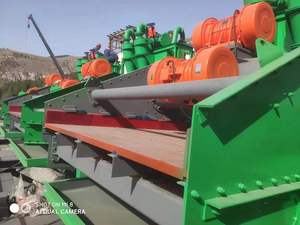

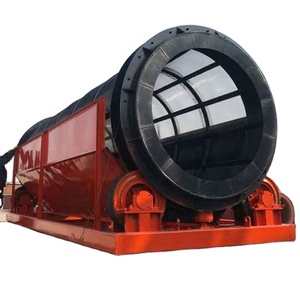

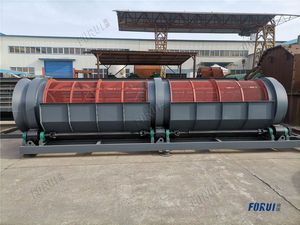

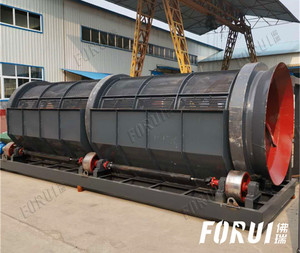





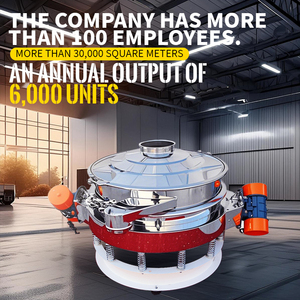


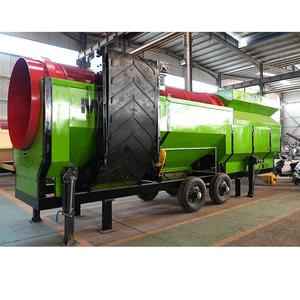



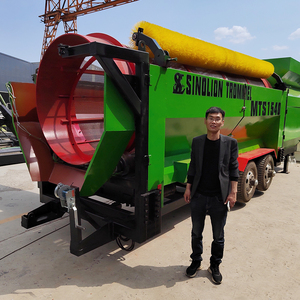






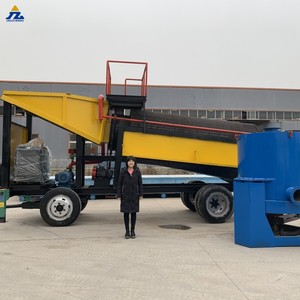














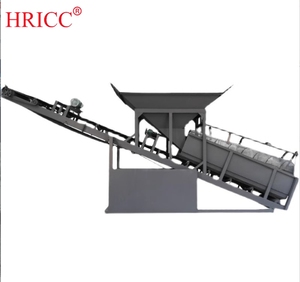


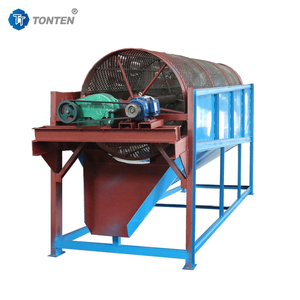
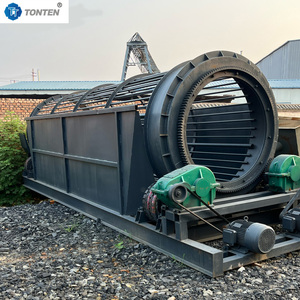







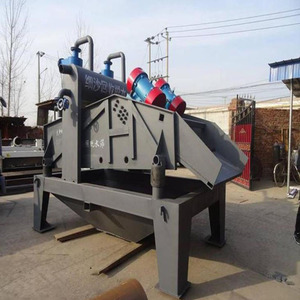



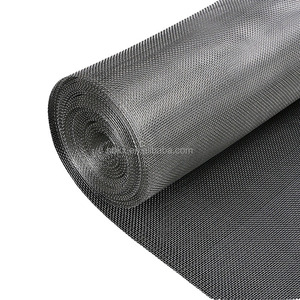



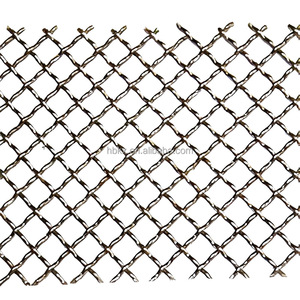
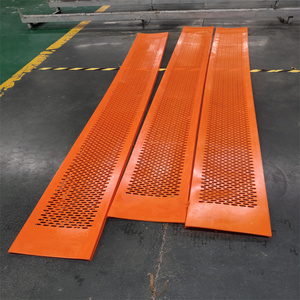







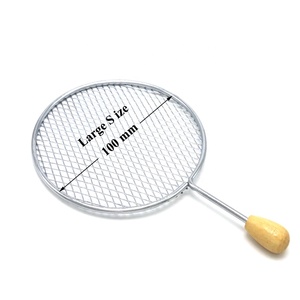




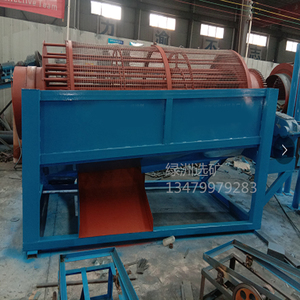




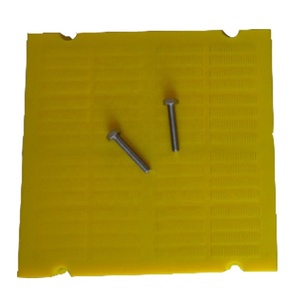













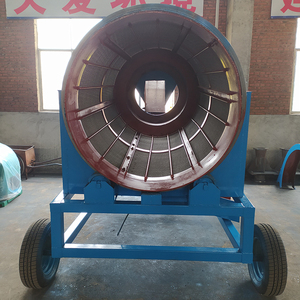
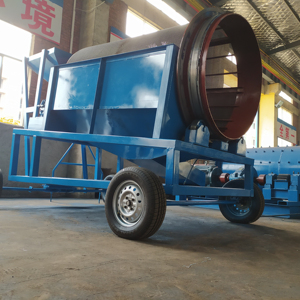


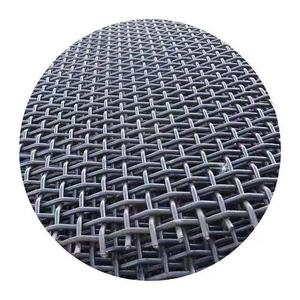


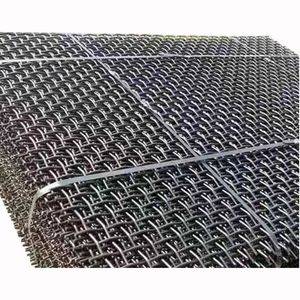









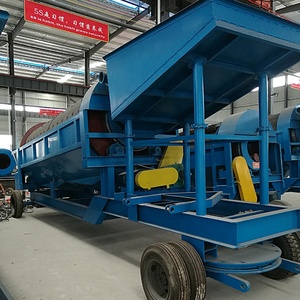
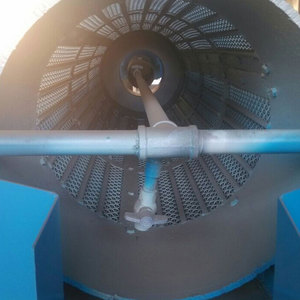









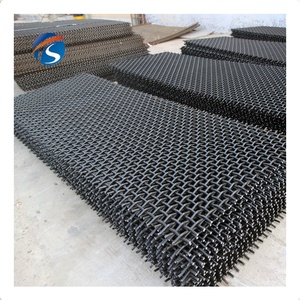
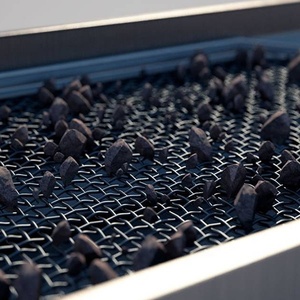


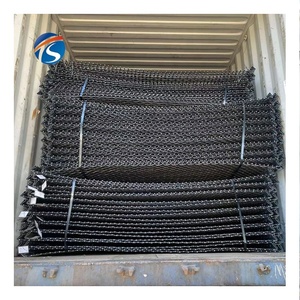
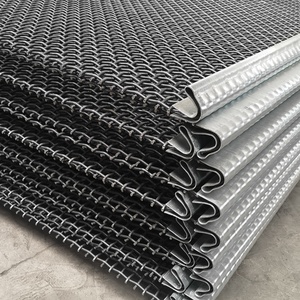

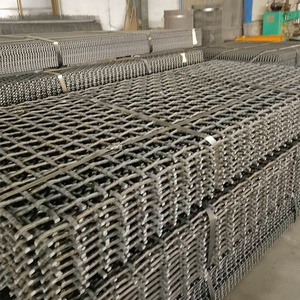

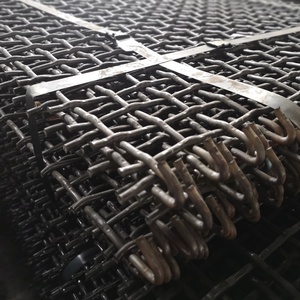











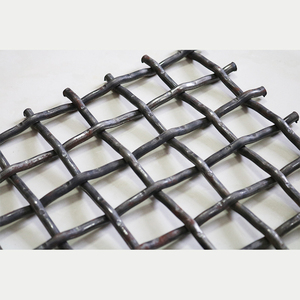

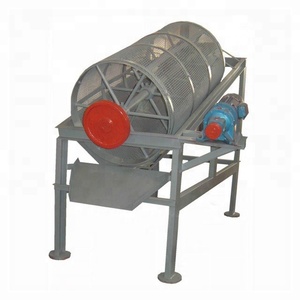






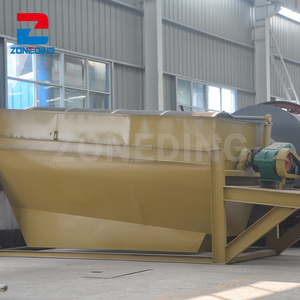
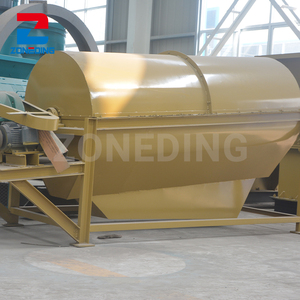
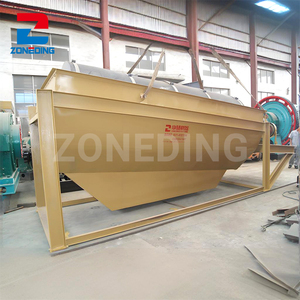

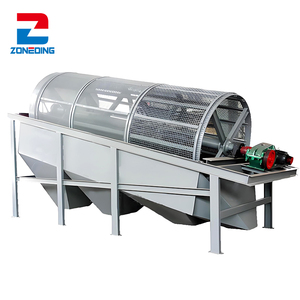
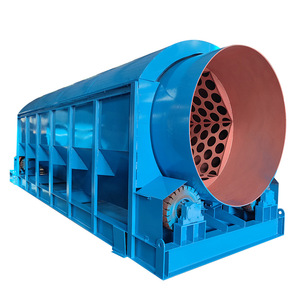
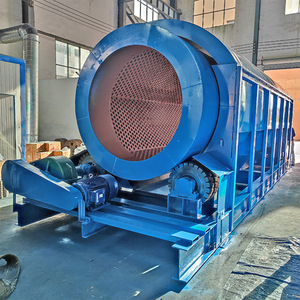





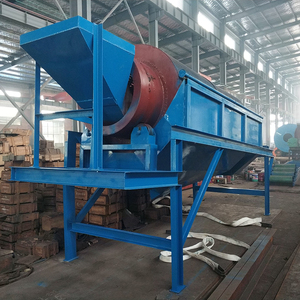
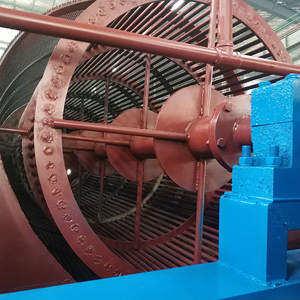

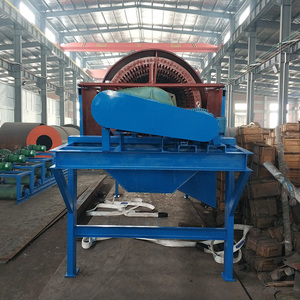
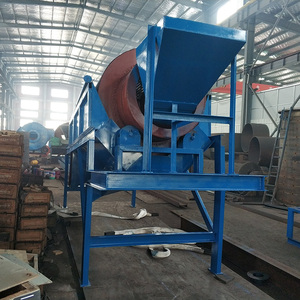
Coal sizing screens are industrial sieves used in coal handling and processing plants. They come in various designs and models to meet different coal separation requirements. Here are some common types of coal screens:
Vibrating Screens:
This is the most common type of coal screen. It uses vibration to separate coal of different sizes. The vibration helps to loosen and stratify the coal material, causing it to fall through the screen mesh. Coal vibrating screens come in various shapes and sizes to meet different processing plant requirements. They may be powered by electric motors, hydraulic vibrators, or other devices. Some vibrating screens have multiple layers to screen more coal at the same time.
Fixed Screens:
Such screens are also known as static screens. They have a mesh or slotted surface inclined at an angle. Smaller coal particles fall through the gaps, while larger ones slide down the screen surface. Fixed coal screens are usually simpler and more affordable than vibrating ones. However, they are less efficient at separating coal of different sizes. Therefore, they are typically used in small coal processing plants that don't have the budget for advanced screening equipment.
Rotary Screens:
These screens have a hollow rotating cylinder with a screen mesh. As the cylinder rotates, the coal material enters and gets stratified. Smaller coal particles fall through the mesh, while larger ones remain and exit the cylinder. Rotary coal screens are more suitable for handling large volumes of coal material. They work continuously without stopping to separate different coal sizes. This makes them efficient, but their maintenance and operating costs are relatively high.
Trommel Screens:
This coal screen is similar to a rotary screen. However, the surface is a cylindrical sense drum. Coal material enters the drum and gets separated as it rolls and tumbles. The motion causes the coal material to stratify and fall through the screen holes. The trommel coal screen is suitable for high processing capacity. It can efficiently separate coal of different sizes. This screen is typically used in large-scale coal processing plants with a high coal separation demand.
Air Classifiers:
Such classifiers use air flow to separate coal particles based on their weights. They are suitable for very fine coal screening. Air classifiers can be used as standalone equipment or in combination with other coal screens to improve the overall screening efficiency.
The coal screens' specifications can vary depending on the type and how it's used in the coal mining industry. Here are some specifications based on the general coal sizing screens.
Maintaining the coal sizing screens is essential because it prolongs the lifespan and efficiency of the screens. Here are some coal screens' maintenance tips.
For coal and other mining materials, screening is an important process to ensure the right size and quality. Many industries use a coal sizing screen to classify coal parts by size and get rid of unwanted impurities. This is done before the coal is used or sold.
In the mining industry, a coal sizing screen is used to totally separate coal from other materials. Screening is the first step to getting rid of unwanted materials like dirt, stones, or rock that came with the coal. This improves the quality of the coal and reduces the number of impurities in it, which makes processing easier later on.
The power production industry uses coal screens to separate the right coal sizes for burn quality. Coal of the right shape and size is essential to produce efficient and stable energy. Small coal parts are screened out and sent for power generation, while large and oversize parts are removed. Thus, coal screens help power plants have a steady fuel supply.
The steel and cement industries also use coal screens. While producing steel or cement, they need a specific type and size of coal as fuel or raw material. Coal screens provide these industries with coal of the right shape and size to meet their furnaces' demands while minimizing contamination.
In the construction business, a coal sizing screen can separate coal from other useful materials, such as aggregates, that can be used for road construction projects. Coal or other mining material that is of no use to the construction industry is removed from the process, saving time and money for better resource allocation.
By classifying and filtering coal, coal sizing screens enhance the overall productivity of industries. Smaller coal parts that can't be used are eliminated, and only valuable resources are maintained for processing, refining, or use in other industrial or power-generating processes.
When selecting a coal sizing screen, buyers should consider the quality, mesh size, deck quantity, thickness, application, and other features.
Quality:
Buyers need to choose a screen that is strong enough to withstand the massive impacts caused by falling coal. In addition, the materials used for the frame and screen mesh should be anti-corrosion and have a long service life regardless of the coal's storage or transportation environment.
Mesh size:
The primary purpose of a coal sizing screen is to separate coal according to different particle sizes. Therefore, the screen mesh size is a crucial factor. It will decide which coal particles will fall through it and the percentage of smaller particles that are waste.
Deck quantity:
A multi-deck screen provides the opportunity for more separations but may be limited to available screen mesh sizes between decks.
Thickness:
Apart from the mesh size, the thickness of the screen wires or rods can also influence the screening efficiency and durability.
Application:
Different coal types, such as lignite, anthracite, coke, and peat, present distinct screening challenges. Also, the coal's location in the production or distribution process may necessitate specific screen characteristics.
Other features:
Apart from the above-mentioned factors, like the coal screen's vibrational mode, its surface treatment, whether it is woven or welded, and even the coal screen machine's installation method can also be crucial for specific applications.
Q1: What materials are used to make coal screens?
A1: Coal screens are typically made of high-strength steel, plastic, polyurethane, rubber, or other materials. Choosing the appropriate material depends on various factors, such as the size of the screen, the property of the material being screened, the screening process, and the screen's working environment.
Q2: What types of coal screens exist?
A2: Coal screens come in a wide variety of shapes and sizes. The particular screen type is often decided by the characteristics of the material to be screened and the screening purpose. Some common types are: circular coal screens; linear coal screens; vibrating coal screens; fixed coal screens; and other kinds of screens.
Q3: How do coal screens separate materials?
A3: The principle of coal screens separating materials varies with the different types of screens. Usually, there will be a gap or hole on the screen surface. The material will be separated through the movements of the screening machine, such as vibrating, rolling, and slewing, and the materials larger than the gaps will be left.
Q4: Are coal screens durable?
A4: Coal screens are consumables. Their durability is impacted by several elements, including the quality of the manufacturing material, the screening method, the frequency of use, the maintenance, and the upkeep.